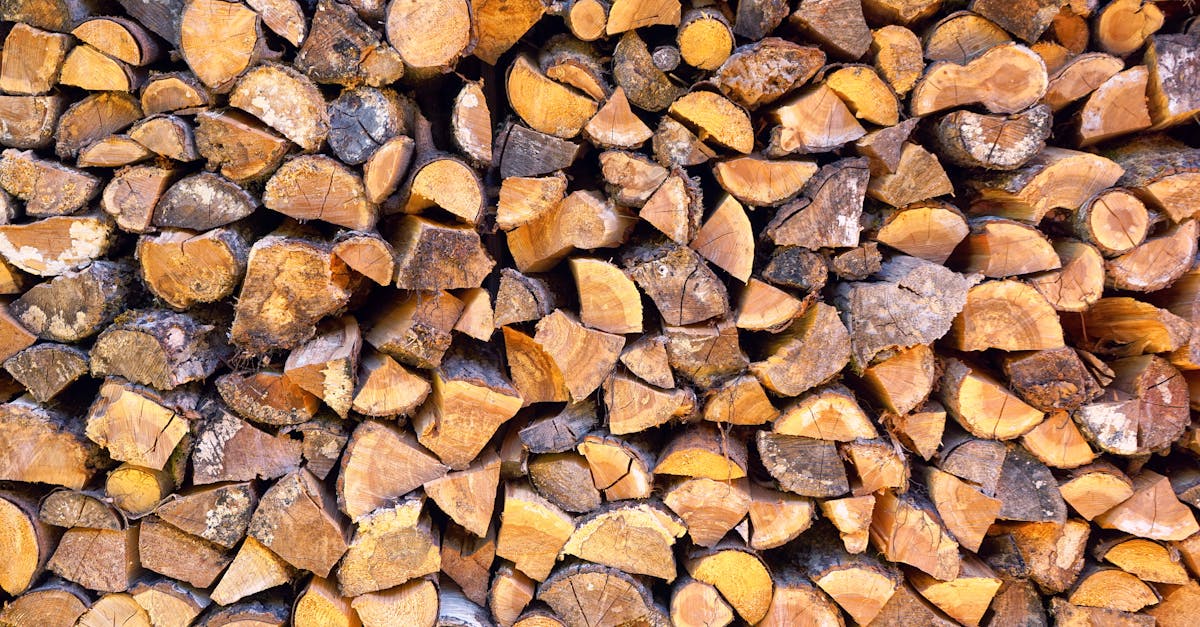Table of Contents
ToggleIn the bustling world of culinary adventures, every chef knows that a great meal starts with the right tools. Enter the chopping mat stack: the unsung hero of the kitchen. These flexible, colorful mats don’t just protect countertops; they also make food prep easier and a lot more fun. Imagine slicing and dicing without the fear of scratching your beloved surfaces or creating a mess.
Overview of Chopping Mat Stack
Chopping mat stacks serve as vital kitchen tools for chefs and home cooks alike. These mats offer a protective layer, preserving countertops during food preparation. Flexible designs allow for easy maneuvering while slicing and dicing. Various colors enhance kitchen aesthetics while providing functional benefits.
Made from durable materials, chopping mats resist cuts and stains, ensuring longevity. The lightweight nature of these mats facilitates effortless storage, stacking neatly when not in use. Many chefs prefer color-coded mats to prevent cross-contamination of ingredients. This specific feature helps maintain food safety standards in the kitchen.
Chopping mats also simplify the cleanup process. Easy to rinse and sanitize, they reduce the hassle associated with traditional cutting boards. Some versions include measurement markings, assisting in accurate food preparation. This ensures that various recipes can be executed flawlessly.
Investing in a chopping mat stack allows versatility during cooking sessions. They can be used for a range of tasks, from slicing vegetables to preparing meats. Chefs often appreciate how these mats can be laid flat for easy use or stacked for space-saving in smaller kitchens. Selecting a quality chopping mat stack enhances both the functionality of a kitchen and the overall cooking experience.
Benefits of Using Chopping Mat Stack
Chopping mat stacks provide numerous advantages for both professional chefs and home cooks. These benefits enhance the cooking process, making it more enjoyable and efficient.
Versatility in the Kitchen
Chopping mats accommodate various culinary tasks. They’re particularly useful for slicing vegetables, preparing meats, or dicing fruits. Each mat typically serves as a designated workspace for different ingredients, thereby preventing cross-contamination. Color-coded options further simplify this by designating specific mats for vegetables, proteins, or other food types. Chefs appreciate how lightweight and flexible the mats are, allowing for easy movement and transfer of food items from the mat to pots or pans. Stacking these mats ensures they occupy minimal storage space, making them a practical addition to any kitchen.
Enhanced Safety Features
Safety is crucial in any kitchen setting, and chopping mats contribute significantly to this aspect. The non-slip surface provides stability when slicing, minimizing accidental slips. Many mats also feature sanitary materials that resist bacteria, reducing the risk of foodborne illness. Some options include measurements printed on the surface, allowing for precision without additional tools. Cooks often find that using separate mats for different food types enhances overall food safety by preventing cross-contamination. Choosing chopping mats designed with these safety features in mind promotes a healthier cooking environment.
Comparing Different Chopping Mat Stacks
Chopping mat stacks vary significantly in material and size, affecting usability and durability.
Material Variations
Polyethylene remains a popular choice for chopping mats due to its flexibility and resistance to cuts. Silicone mats offer an additional benefit of being non-slip, providing stability during food preparation. Some mats incorporate a combination of materials, enhancing grip and ease of cleaning. Bamboo mats appeal to those seeking eco-friendly options, though they may not provide the same longevity as synthetic materials. Each material type brings distinct advantages. Selecting the right material affects food safety, maintenance and overall cooking experience.
Size and Thickness Options
Chopping mats come in various sizes to accommodate different kitchen tasks. Standard dimensions typically range from 12×18 inches to 18×24 inches, offering ample workspace for cutting. Thickness options usually vary from 1 millimeter to 3 millimeters, with thicker mats providing added durability against wear. Chefs often prefer larger or thicker mats for heavy-duty tasks, while compact versions suit smaller kitchens or simple prep work. The size and thickness of a chopping mat can influence ease of storage, handling and effectiveness during food preparation.
How to Properly Care for Your Chopping Mat Stack
Caring for chopping mats ensures their longevity and performance. Rinse mats with warm water and mild soap after each use. Use a non-abrasive sponge to prevent scratches. Avoid soaking mats in water, as excess moisture can lead to warping.
Store mats flat or rolled to maintain shape and prevent creasing. Keep mats away from direct sunlight to avoid fading. Sanitize them periodically by using a diluted bleach solution or a solution designed for cutting surfaces. Ensure thorough rinsing after sanitization to remove residue.
Inspect mats for signs of wear or damage regularly. Replace mats showing deep cuts or significant discoloration, as compromised surfaces can harbor bacteria. Opt for color-coded mats for different ingredient types to enhance food safety.
Handle mats with care, avoiding exposure to extreme temperatures or sharp objects that can cause cuts. Consider purchasing mats made from high-quality materials to ensure durability. When choosing replacement mats, evaluate thickness and size suitable for various culinary tasks.
Following these steps promotes a safe and efficient cooking environment, maximizing the benefits of a chopping mat stack.
Chopping mat stacks are invaluable assets in any kitchen. They not only protect surfaces but also enhance the overall cooking experience. By choosing the right materials and sizes, cooks can ensure safety and efficiency while preparing meals. Regular care and maintenance extend the life of these mats, making them a smart investment for both amateur and professional chefs. With their versatility and ease of use, chopping mats contribute to a cleaner and healthier cooking environment, ultimately making food preparation a more enjoyable task.








